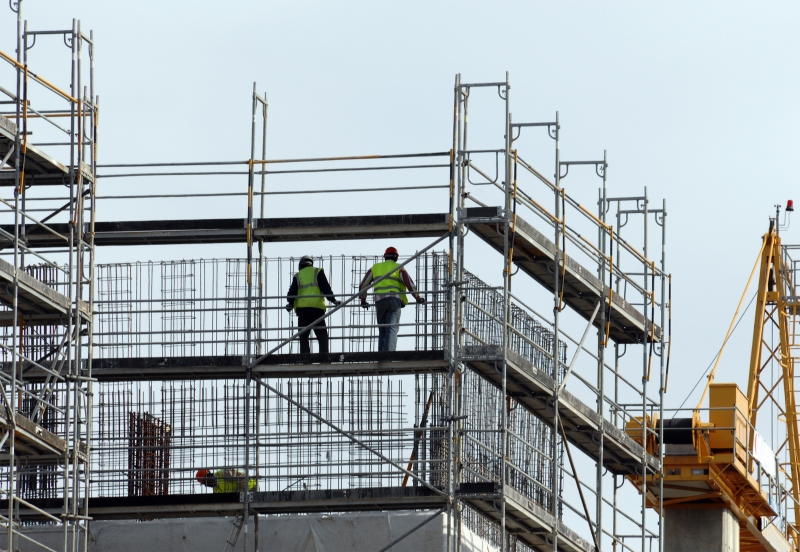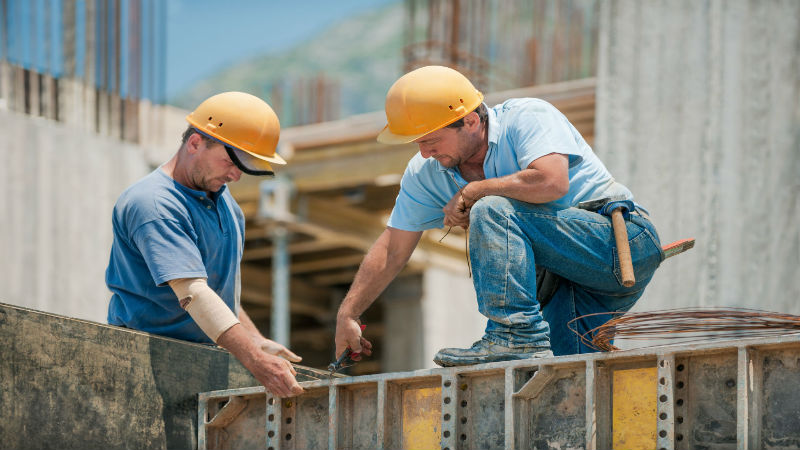Most people don’t realise that subfloor ventilation allows air flow to prevent rotting wood, pests, mildew and mould. It’s found in many homes and buildings, and, if left untreated, could lead to health problems and structural damage.
How The Process Works
The reason for having subfloor ventilation systems is to provide fresh, dry air to replace stale, moist air. Basic forms of the system include using air ducts in various places throughout the building. After they’re installed, natural ventilation can handle the rest of the process. However, the basic option, which is utilised in most homes and businesses, isn’t enough in many instances.
Fans should also be used to speed up the process and speed the moist air out and the dry, fresh air in. You may be advised to place fans in one area to draw in fresh air and use exhaust fans on the other to remove stale air.
Why It’s Necessary
Primarily, sub floor ventilation is designed to prevent the growth of mould and mildew. Mould thrives best in moist conditions, which can easily be found in the subfloor. Mould can lead to a variety of health issues, including allergies, wheezing, coughing, asthma and the like.
Subfloor ventilation can also protect against termites, who are also attracted to moist areas with little ventilation.
Companies like Damp Controllers understand the necessity of proper sub floor ventilation to prevent structural damage and higher costs of repairs. It’s best to choose a professional that you trust before things get out of hand and cause more problems, both to your health and your wallet.
Professionals also know the various options available for ventilating subfloors and may be able to offer a cost-effective solution that fits your needs and will prevent moisture from remaining in the home.


